When it comes to lithium batteries, you might encounter different voltage ratings—commonly 3.6V and 3.7V. While they may seem similar, understanding the distinction between these two can be important depending on your application. In this article, we'll break down the key differences and explain what they mean for real-world usage. Let's dive in.
Searches like “3.6V vs 3.7V battery difference” or “can I use a 3.7V battery instead of 3.6V?” often arise from confusion about nominal voltage. Here's a technical explanation to clarify things:
Voltage, in simple terms, is the electrical potential difference between two points in a circuit. For lithium batteries, the listed voltage typically refers to the nominal voltage—that is, the average voltage the battery delivers over the course of its discharge cycle. This nominal voltage is a key specification, as it helps determine whether a battery is suitable for a particular device or system.
The 3.6V lithium battery, often referred to as a 3.6V lithium-ion battery, is commonly used in various electronic devices. It is favored for its stable performance, reliability, and broad application compatibility. Utilizing lithium-ion technology, these batteries deliver high energy density and feature low self-discharge.
Higher Energy Density: Compared to some higher-voltage alternatives, 3.6V lithium batteries typically offer greater energy density. This allows for longer usage times or smaller sizes at the same capacity.
Compatibility: Devices, especially older ones designed before 3.7V became standard, often perform best with 3.6V batteries. This ensures reliable function and seamless integration.
Lower Self-Discharge: These batteries discharge more slowly when idle, maintaining charge over time. This makes them ideal for use cases that require long shelf life.
Voltage Sensitivity: Certain devices demand precise voltages, and the slightly lower output of 3.6V batteries can cause issues if used in devices built for 3.7V.
Availability: With 3.7V batteries becoming more mainstream, 3.6V versions can be harder to source, posing challenges for users and manufacturers who depend on them.
The 3.7V lithium battery is another widely used option in electronic devices. Like the 3.6V version, it uses lithium-ion technology and shares several characteristics. However, notable differences set it apart.
Wider Compatibility: A large number of modern electronics—such as smartphones, tablets, and laptops—are optimized for 3.7V lithium batteries. This common voltage rating ensures broad compatibility and easy access.
Higher Voltage: The slightly increased nominal voltage of 3.7V batteries suits devices needing more power. This can boost overall responsiveness and performance in compatible devices.
Lower Energy Density: Compared to 3.6V batteries, 3.7V batteries generally have a slightly lower energy density. This means they may offer somewhat shorter battery life or require a larger physical size to achieve similar capacity levels.
Higher Self-Discharge: Compared to 3.6V batteries, 3.7V lithium batteries generally exhibit higher self-discharge rates. This means they lose charge more quickly when idle, making them less ideal for situations that demand long-term storage without recharging.
Feature | 3.6V Lithium Battery | 3.7V Lithium Battery |
Nominal Voltage | 3.6V | 3.7V |
Cathode Material | Lithium Manganese Oxide (LiMn2O4) | Lithium Cobalt Oxide (LiCoO2) |
Energy Density | Higher | Slightly Lower |
Self-Discharge Rate | Lower (0.5-2%/month) | Higher (2-5%/month) |
Common Applications | Medical devices, IoT sensors | Smartphones, laptops |
The difference between 3.6V and 3.7V lithium batteries stems from the cathode materials used. Cathodes play a vital role in battery performance by enabling lithium-ion movement during charge and discharge.
3.6V Battery: Operates from 3.0V (discharged) to 4.1V (fully charged).
3.7V Battery: Operates from 3.2V (discharged) to 4.2V (fully charged).
3.6V batteries generally use lithium manganese oxide (LiMn₂O₄) for the cathode, while 3.7V versions typically use lithium cobalt oxide (LiCoO₂). These material differences lead to variations in voltage and performance.
A 3.6V battery has a nominal voltage of 3.6 volts, and a 3.7V battery has 3.7 volts. This value represents the average voltage during discharge.
While the nominal voltage difference is minor, it may affect compatibility with certain devices or chargers. Some products are designed for specific voltage ranges, so mismatches can influence function or compatibility.
Charging should be done with equipment suited to the battery's nominal voltage to maintain safety and efficiency. Using an improper charger can cause damage or safety issues.
The decision to use a 3.6V or 3.7V battery depends on application needs. Factors like voltage tolerance, capacity, size, and cost guide the selection process.
Use a 3.6V Lithium Battery If:
- Your device requires stable low self-discharge (e.g., emergency equipment).
- Size constraints demand higher energy density.
Choose a 3.7V Lithium Battery If:
- Powering modern electronics like drones or smartphones.
- Wider availability is a priority.
Can I use a 3.7V battery instead of 3.6V?
Yes, most devices designed for 3.6V batteries can safely use a 3.7V battery. The voltage difference is minimal (0.1V), and modern electronics generally tolerate this range. Always verify your device's voltage specifications.
Can I use a 3.7V battery instead of a 3.0V?
No. A 3.7V battery has a much higher voltage than a 3.0V battery. Using it may damage your device or cause overheating. Always replace with the specified voltage.
What voltage should I charge a 3.6V lithium battery?
Charge a 3.6V lithium battery to a maximum of 4.1V. Exceeding this (e.g., using a 4.2V charger for 3.7V batteries) may reduce lifespan or cause safety issues.
Can I use a 3.7V battery instead of 3.8V?
Yes, in most cases. The 0.1V difference is usually negligible for devices designed for 3.8V. However, precision equipment (e.g., medical devices) may require exact voltage matching.

 Ni-MH Battery C4700mAh 3.6V
Ni-MH Battery C4700mAh 3.6V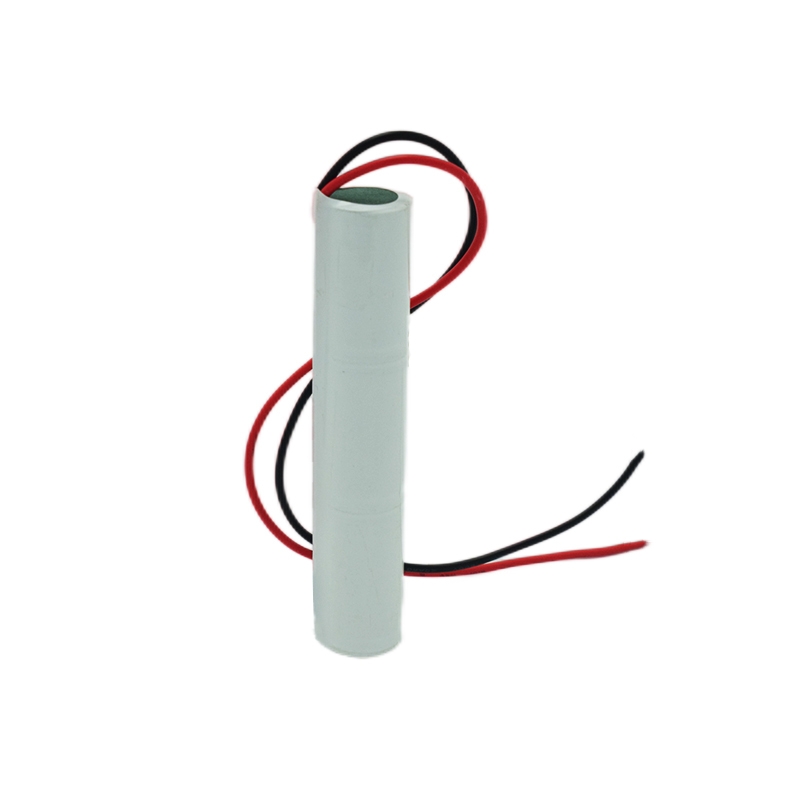 Nickel Cadmium Nicd Battery Pack SC1800mAh 3.6V
Nickel Cadmium Nicd Battery Pack SC1800mAh 3.6V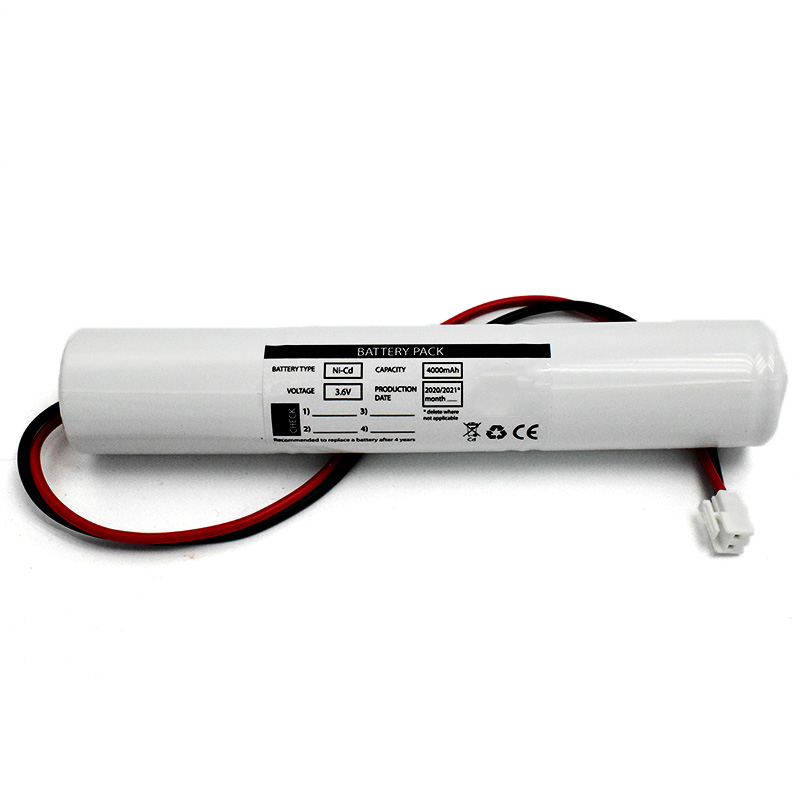 Ni-Cd Battery Pack D4000mAh 3.6V
Ni-Cd Battery Pack D4000mAh 3.6V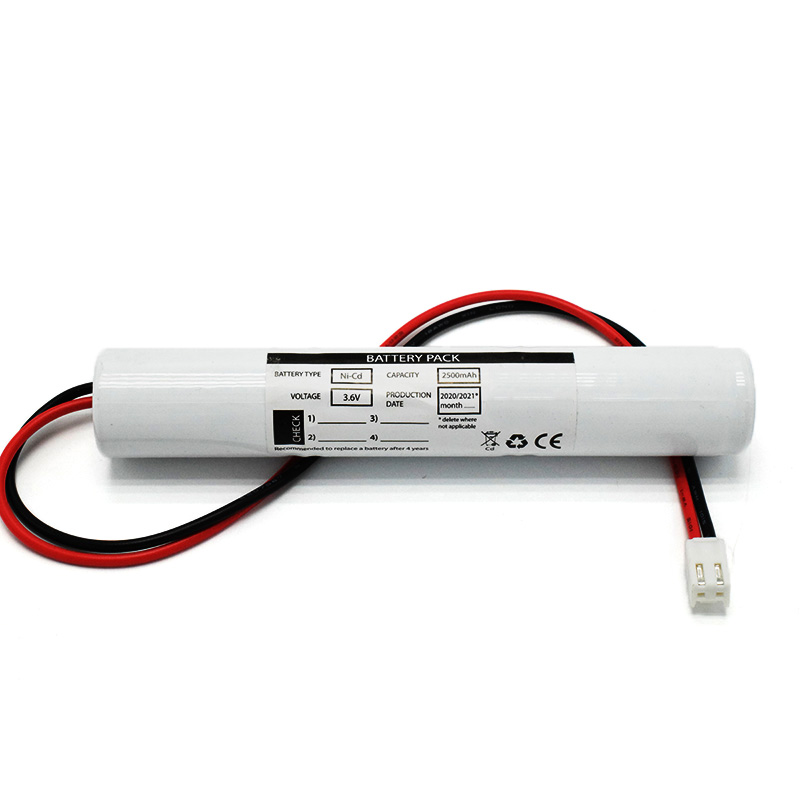 Ni-Cd Battery Pack C2500mAh 3.6V
Ni-Cd Battery Pack C2500mAh 3.6V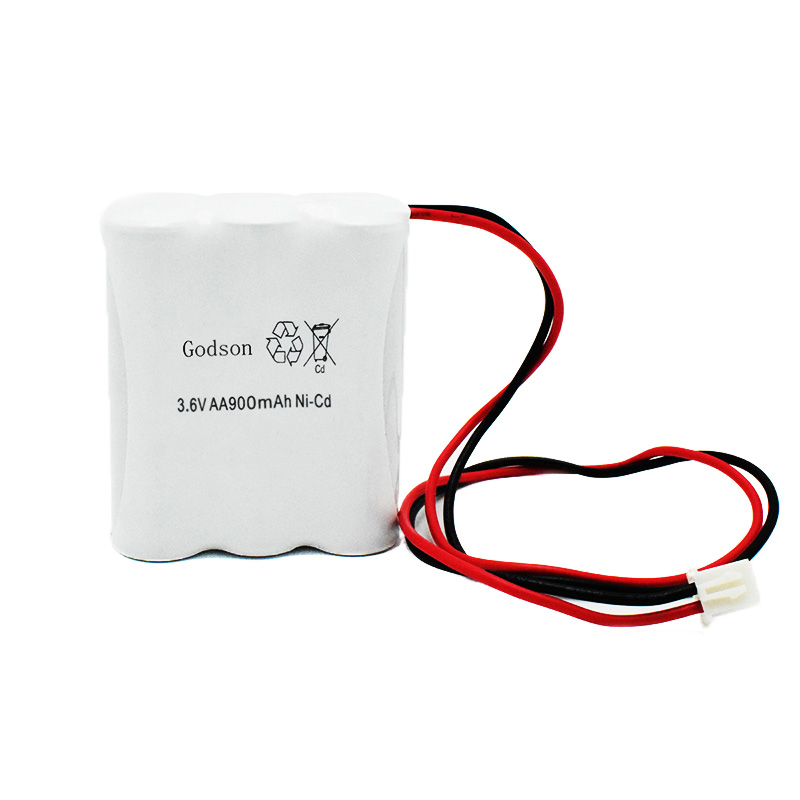 NICAD Battery Pack AA900mAh 3.6V
NICAD Battery Pack AA900mAh 3.6V LiFePO4 IFR18650 1600mAh 3.2V
LiFePO4 IFR18650 1600mAh 3.2V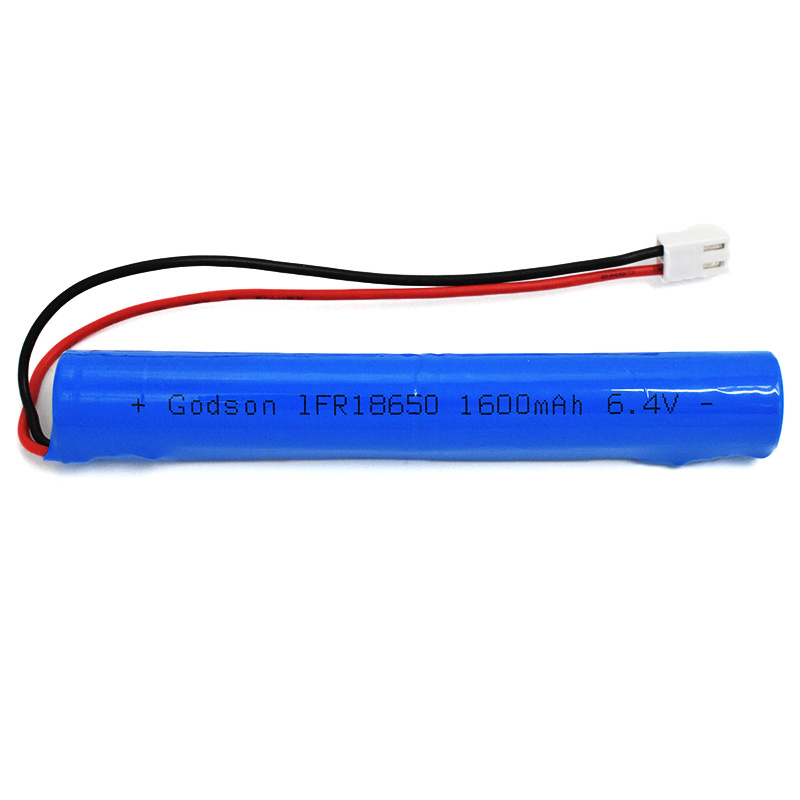 LiFePO4 IFR18650 1600mAh 6.4V
LiFePO4 IFR18650 1600mAh 6.4V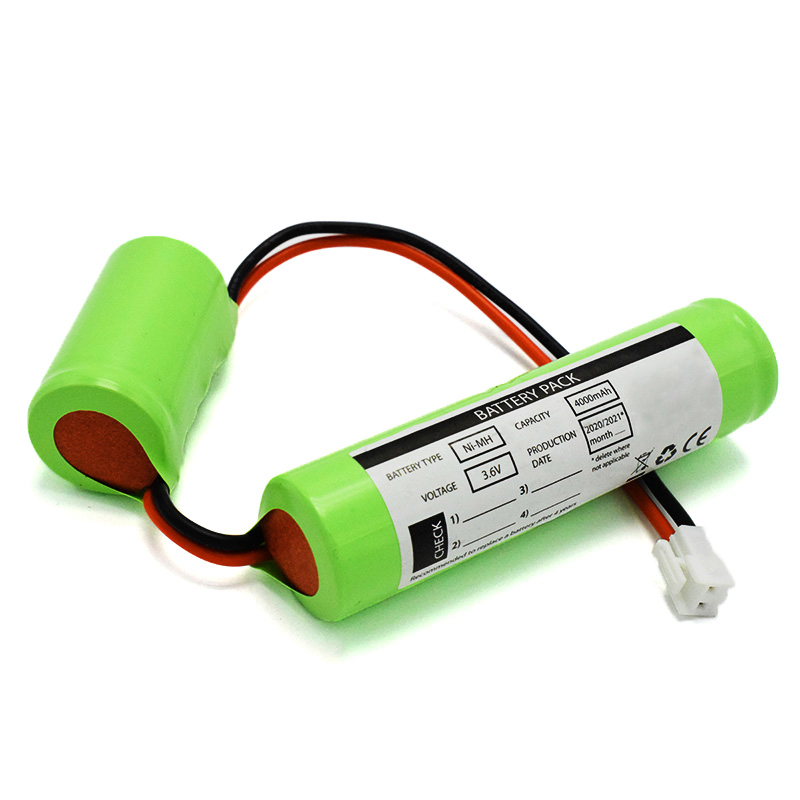 Ni-MH Battery C4000mAh 3.6V
Ni-MH Battery C4000mAh 3.6V E-bike Battery 48V 10Ah JL-1
E-bike Battery 48V 10Ah JL-1 E-bike battery 48V 10Ah Qing Tian
E-bike battery 48V 10Ah Qing Tian